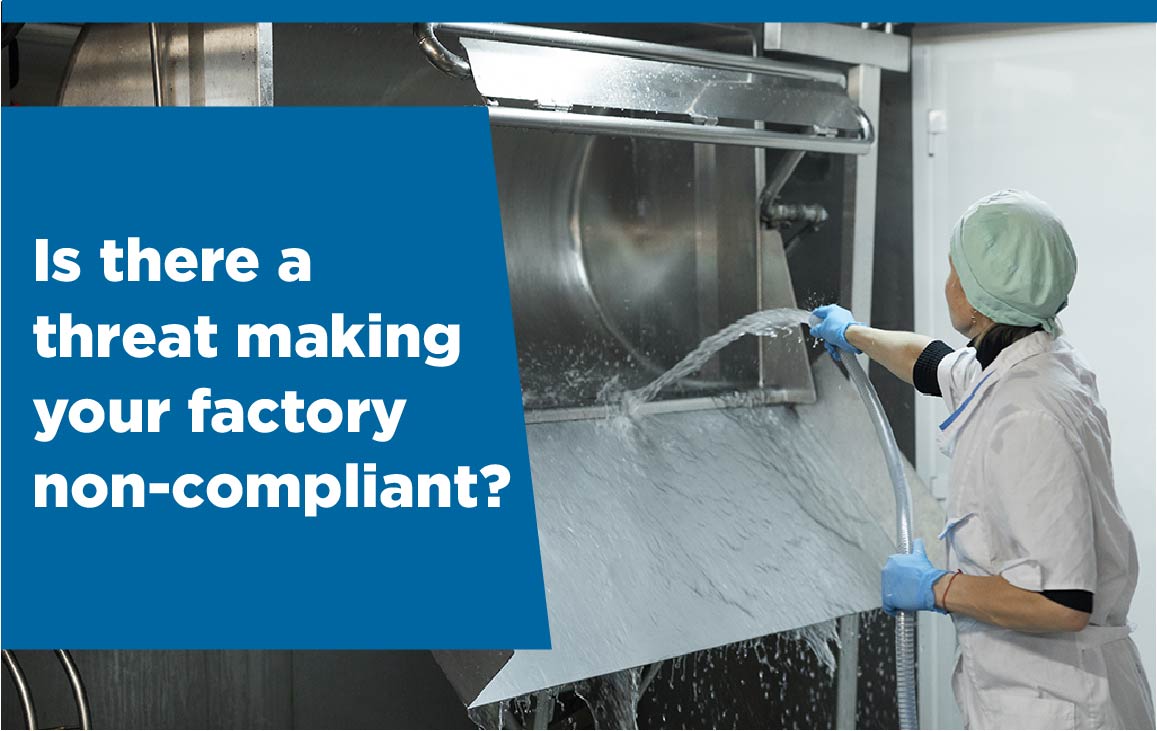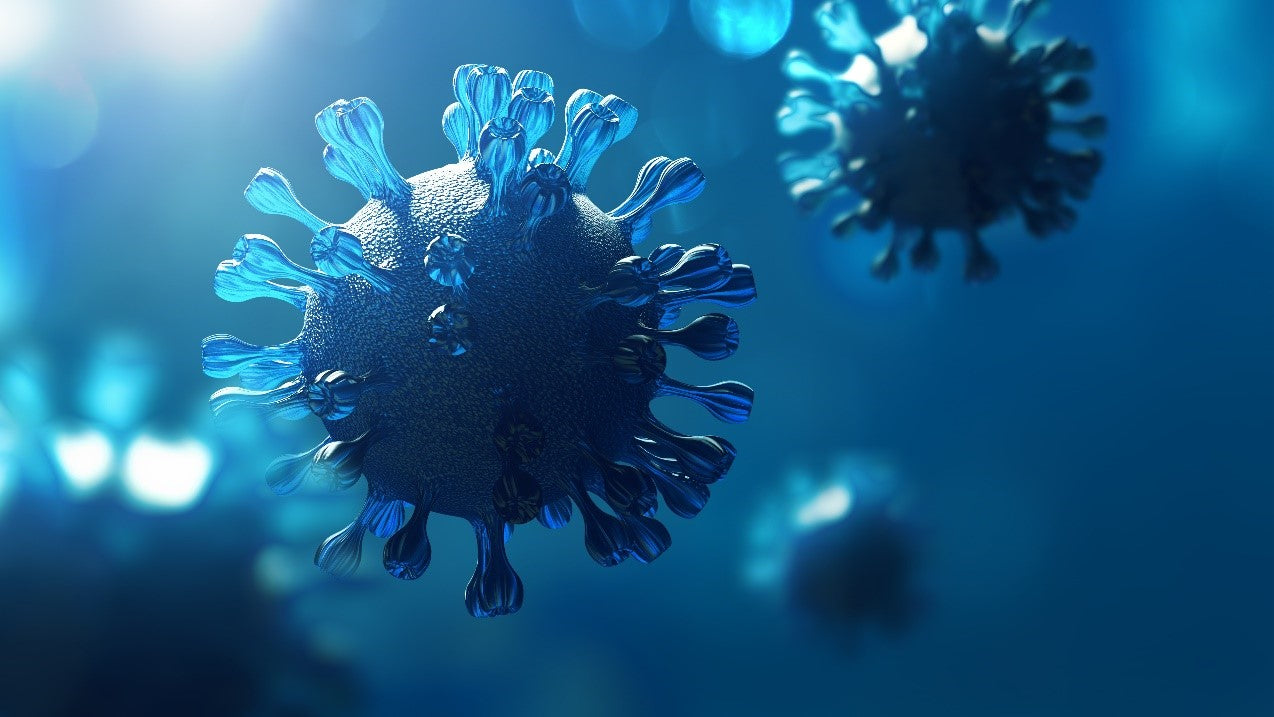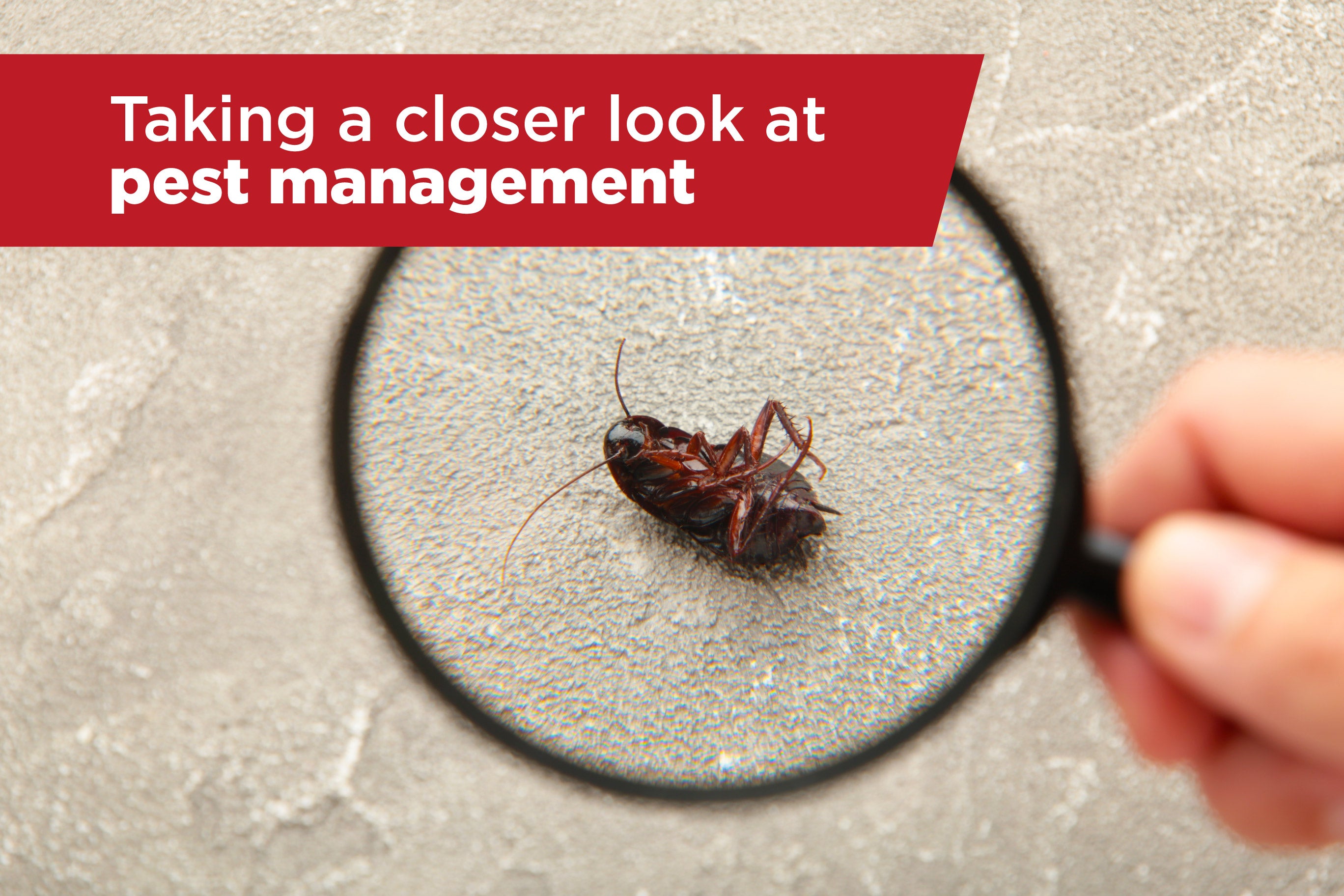Risk is the byword in hygiene-conscious industries. While we all know it covers hygiene standards, the safety and well-being of your team are of equal importance. Internal Corporate Social Responsibility (CSR) is high on the corporate agenda and now, more than ever, we are starting to put employee’s health and wellbeing at the top of our priorities list.
If we were to break H&S down to a cost analysis, it really does pay to look after your staff. In an industry like pharmaceuticals, the attributes required means those employed in this sector must - by definition - be skilled professionals. This makes it harder for employers to bring in temporary cover. The fallout of any staff absence on projects, due to lack of cover, would then be significant.
Health and Safety is by rights a prominent feature. Staff are likely to be working with toxic, noxious, or otherwise unpleasant chemicals, taking part in manual handling activities or using uncomfortable furniture. Regardless of what preventative safety provisions and guidelines you put in place, it’s still wise to mitigate risk by preparing for the worst.
To be pragmatic, the cost of installing eye wash stations and showers, at strategic points around the cleanroom or production area, is going to be much less than a pay-out for an eye injury. It’s always better to be safe than sorry – and that goes for all parties. Every second counts when something caustic is in the eye - having a station within a few seconds reach and fast to use when blinded (and panicked) demonstrates solid due diligence as well as providing a strong visual reminder of the due care required.
However, it’s not just all about having the equipment – it's about having the right equipment for the job. Where eye wash bottles at strategic points may be a good strategy, they come with expiry dates so these need to be maintained. An eye wash unit has no expiry dates, so could potentially need less maintenance down the road, thus removing a potential barrier to the emergency care required.
And this isn’t just an issue for the pharma sector. Although food processing may not harbour the same risk levels when it comes to chemicals, the risks are still real and impact productivity to the point where above and beyond health and safety measures will end up paying for themselves.
The costs of heavy lifting tasks contribute to 28% of the cases of musculoskeletal disorders in the workplace – according to a THOR-GP report (2013-2015)
The reality is likely to be far less immediately dramatic but it’s still worth looking closely at Health and Safety's younger sibling, Occupational Health, and reduce any associated risks wherever possible. Although a back strain may not be life threatening, it can certainly be a major impediment to someone’s quality of life. And it will hit the bottom line due to treatment and time off work.
Musculoskeletal disorders are the second greatest cause of lost working days in the UK with 27% of the total workforce, beaten only by stress and anxiety – according to the 2021/22 Labour Force Survey. The average numbers of days lost per person for these types of conditions was 15.2 days per year. This is based on data from the Health and Safety Executive (HSE) for the year 2021/22. And that’s not counting the so-called ‘soft costs’ of reduced efficiency and management time to address staffing shortages.
Yet although it’s one of the highest causes, there are some easy fixes that can be put in place to negate the potential health risks. Ergonomic chairs and height adjustable tables, for example, can reduce such health risks as curvature of the spine, wrist pain and neck pain. All of which can lead to poor performance and illness. By implementing ergonomic workstations in your production areas, such as our Ergonomic height adjustable tables or range of ergonomic chairs, you can prevent a whole host of musculoskeletal injuries and increase productivity.
There is a solid business case for Occupational Health. Businesses really can't discount it as a ‘nice to have’. It's a sensible move to train up an internal specialist as a workplace health champion. Also, bringing in a third-party professional to conduct a workplace assessment is money well spent.
There are some best practices already well-established across these industries. Notably in pharmaceuticals, it's now standard practice to rotate teams across activities throughout the day to minimise the risk of RSI. We should applaud such initiatives, but they don’t solve the fundamental issue. This is that a large percentage of production work is usually sedentary. And this can be extremely bad for your staff’s health. Aside from the need for more ergonomic workstations, anti-fatigue matting can also be utilised to not just reduce fatigue, but to help static standing employees reduce the physical stress of standing on hard surfaces for long periods of time.
Over the past few years, we’ve noticed a distinct uplift in demand for the aforementioned ergonomic height adjustable tables, ergonomic seating and anti-fatigue matting. We can’t be entirely sure to what extent ordering patterns are the result of proactive decisions to improve Health and Safety provision, or whether in response to an individual requirement.
That said, there does seem to be a correlation between the introduction of the updated guidelines on health and safety offences, corporate manslaughter and food safety and hygiene offences. Since it was introduced in February 2016, corporate pay outs have grown to almost £25 million in 2021/22 - according to the Health and Safety Executive (HSE). A figure that commands attention.
Looking at sales trends, businesses seem to be taking their responsibilities very seriously. Or at least our customers are, judging by the popularity of our ergonomic height adjustable tables, adjustable chairs and anti-fatigue matting.
Health and Safety could creep even further up the corporate agenda. However, a whole industry has grown around personal injury. We can’t yet disregard the chance we may slide further towards the type of compensation culture we see on the other side of the Atlantic.
And that would be very unhealthy indeed.





